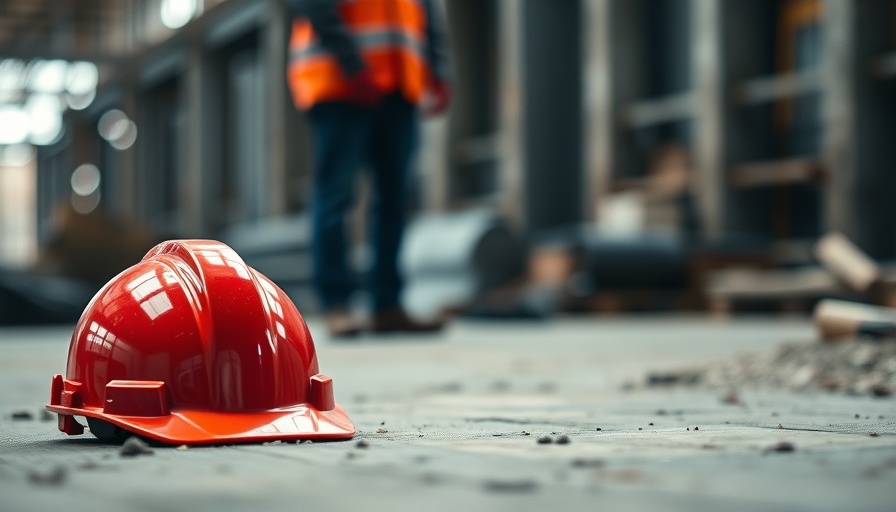
Alarming Fatality Rates Among Hispanic Construction Workers
A recent report from the Center for Construction Research and Training (CPWR) highlights a troubling trend: fatalities among Hispanic construction workers have surged dramatically, with deaths more than doubling from 2011 to 2022.
The Context of Rising Fatalities
According to the study, which analyzed data from the Census of Fatal Occupational Injuries and the IPUMS Current Population Survey, there were 408 fatalities among Hispanic workers in the 12 years observed—a shocking increase of 107.1%. In contrast, fatalities among non-Hispanic construction workers increased by only 16.5% over the same period. This disparity raises serious concerns about workplace safety measures and training adequacies, especially for Hispanic workers who now constitute approximately 34% of the construction workforce.
Why Are Risks Increasing?
Several factors contribute to the heightened risks faced by Hispanic construction workers. Language barriers severely hinder their ability to comprehend vital safety protocols. Many workers are employed by smaller companies that lack comprehensive safety training programs and materials in Spanish. As highlighted by Ligia Guallpa, executive director of the Worker’s Justice Project, these elements create a culture of fear where workers may hesitate to report unsafe conditions due to fears of retaliation.
Comparative Insights and Possible Solutions
The report indicates that from 2021 to 2022, Hispanic workers accounted for an alarming 34.5% of nonfatal injuries leading to days off work and 47.3% of injuries requiring job transfer or restrictions. The need for improved safety measures is urgent. Employers should prioritize bilingual training, enhance access to safety resources, and encourage a workplace culture where all workers feel empowered to speak up about safety concerns.
Future Implications and Trends
As the construction industry evolves, the growing presence of Hispanic workers may necessitate a reevaluation of safety protocols and training programs. By addressing systemic issues and implementing robust safety initiatives, the construction sector can ensure a safer work environment for its most vulnerable employees, ultimately benefiting the entire industry.
 Add Row
Add Row  Add
Add 




Write A Comment